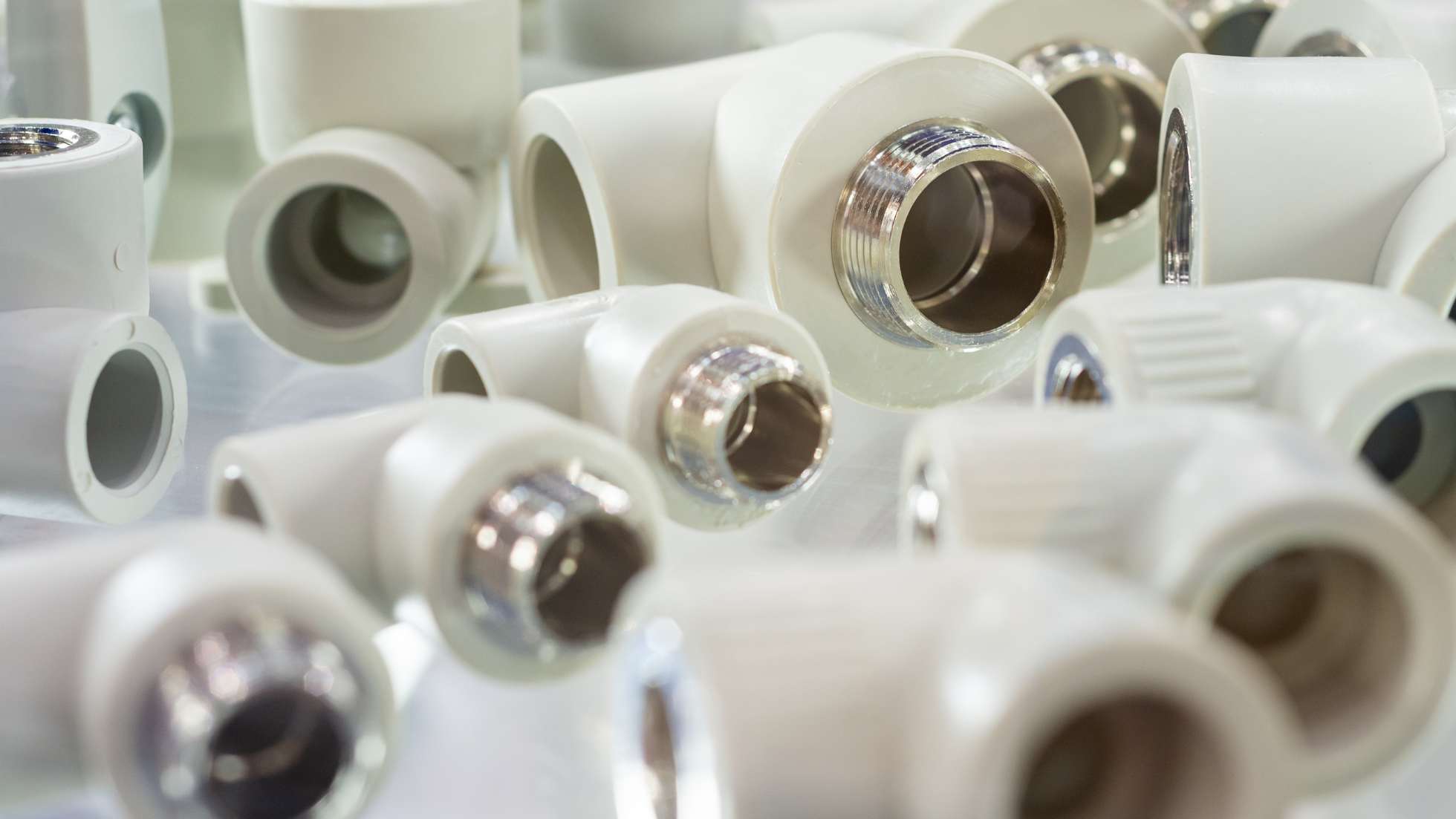Engineered Ceramics Manufacturing Process Explained
The manufacturing of engineered ceramics marks a cornerstone in the technological advancements of various industries. These ceramics, known for their durability and versatility, are integral in applications ranging from aerospace to medical devices, offering solutions where traditional materials fall short. The process of creating these sophisticated materials involves a blend of precision engineering and innovative technology, resulting in components that are not only high in quality but also tailored to meet the exacting demands of modern applications.
What is Ceramic Engineering?
Ceramic engineering is a specialized field that deals with the creation and manipulation of ceramic materials. Unlike traditional ceramics, engineered ceramics are designed for high performance in demanding environments. They are known for their exceptional strength, high temperature and wear resistance, and electrical insulation properties. These ceramics find their place in sectors as diverse as aerospace, biomedical implants, electronics, and energy production.
The composition of engineered ceramics typically involves a mix of elements like silicon, aluminum, oxygen, and carbon. Variations in these compositions lead to different types of ceramics like alumina (Al2O3), silicon carbide (SiC), and zirconia (ZrO2), each chosen for specific applications based on their individual properties. For instance, alumina is renowned for its electrical insulation and wear resistance, making it ideal for electronic substrates and cutting tools.
Learn more about 3D Printed Ceramic Applications & Advantages
A Closer Look at Smartech’s Advanced LCM Technology
Delving into the heart of Smartech’s innovation, we find the Lithography-based Ceramic Manufacturing (LCM) process, a distinguished method that sets a new benchmark in ceramic 3D printing. The process commences by concocting a unique slurry composed of ceramic powder mixed with a blue-light sensitive monomer. Under the precise exposure to blue light, this slurry undergoes polymerization, solidifying from a liquid to a solid state within the confines of the printing process. The output, known as a “greenling,” is characterized by its fragility and is primed for the subsequent thermal process. The initial stage of this process is debinding, a critical phase where the polymer is carefully decomposed and allowed to outgas, setting the stage for the high-temperature sintering that follows. It is during sintering that the ceramic particles are fused, morphing into a gas-tight component with a flawlessly smooth surface.
This sophisticated approach to manufacturing eschews the need for traditional tooling, such as molds and presses, thus streamlining the production of prototypes. Designs can be swiftly altered with simple changes to the STEP files, embodying the fluidity and flexibility required in today’s dynamic engineering environments. Smartech’s LCM technology reflects a synergy of tradition and innovation, producing ceramic components that meet the highest standards of precision and quality.
Ceramic Manufacturing Process Step-by-Step Guide
The transformation of raw materials into engineered ceramic products is a meticulous process. Here’s a closer look at each step:
Material Preparation and Batch Composition
It begins with the selection and preparation of raw materials, which are often oxides, nitrides, or carbides. These materials are then carefully weighed and blended to achieve the desired chemical composition.
Shaping
The next step is forming the ceramic into the desired shape. This can be achieved through various methods such as dry pressing, where the powder is compressed in a mold, or slip casting, where a liquid ceramic slurry is poured into a mold. The chosen method depends on the complexity of the design and the material used.
Drying and Debinding
After shaping, the ceramics undergo a drying process to remove any moisture. In some cases, a debinding process is also necessary to remove any organic materials used in the shaping process.
Sintering
This is a crucial phase where the shaped ceramic is heated to a high temperature, causing the particles to bond together. Sintering enhances the strength and integrity of the material. The temperature and duration of this process are carefully controlled based on the type of ceramic being produced.
Machining and Finishing
Post-sintering, the ceramics are often machined to achieve precise dimensions and surface finishes. Advanced techniques like diamond grinding are employed for this purpose, ensuring each component meets exact specifications.
Quality Assurance
Each ceramic component undergoes rigorous testing to ensure it meets the required standards. This includes checks for dimensional accuracy, material composition, and mechanical properties.
Embracing Innovation in Ceramics Fabrication
The incorporation of modern technologies like 3D printing, computer-aided design (CAD), and automation has brought about a seismic shift in how ceramics are manufactured. These advancements have opened doors to unprecedented precision and efficiency, which are crucial in today’s fast-paced and demanding industrial landscape.
3D Printing: This technology has been a game-changer, allowing for the creation of complex and intricate shapes that were once impossible to achieve. With 3D printing, manufacturers can produce ceramic components with an unprecedented level of detail and customization, opening up new possibilities in design and functionality.
Computer-Aided Design (CAD): CAD systems have revolutionized the planning and prototyping stages of ceramic production. Engineers can now create detailed models and simulations before a single piece of material is used, ensuring accuracy and reducing waste. This precision translates into better performance and longevity of the final product.
Automation: Automated processes in ceramics manufacturing have led to increased production speeds, consistent quality, and reduced human error. From robotic arms handling the delicate materials to automated quality checks, these innovations ensure that each component is crafted to perfection.
Your Partner in Precision – Smartech’s Custom 3D Printed Ceramic Components
Smartech stands as a leader in the field of advanced ceramic manufacturing, leveraging the latest in technology and engineering expertise. Our custom 3D-printed ceramic components represent a leap in manufacturing capabilities, offering unparalleled precision and customization options. This process allows for the creation of complex, high-performance components that are tailor-made to meet the demands of modern industries.
Explore our 3D Printed Ceramic Components services today and reach out to our team at Smartech to see how our expertise can complement your innovative projects.

Looking for More Information?
Check out our Resources or Contact Us
